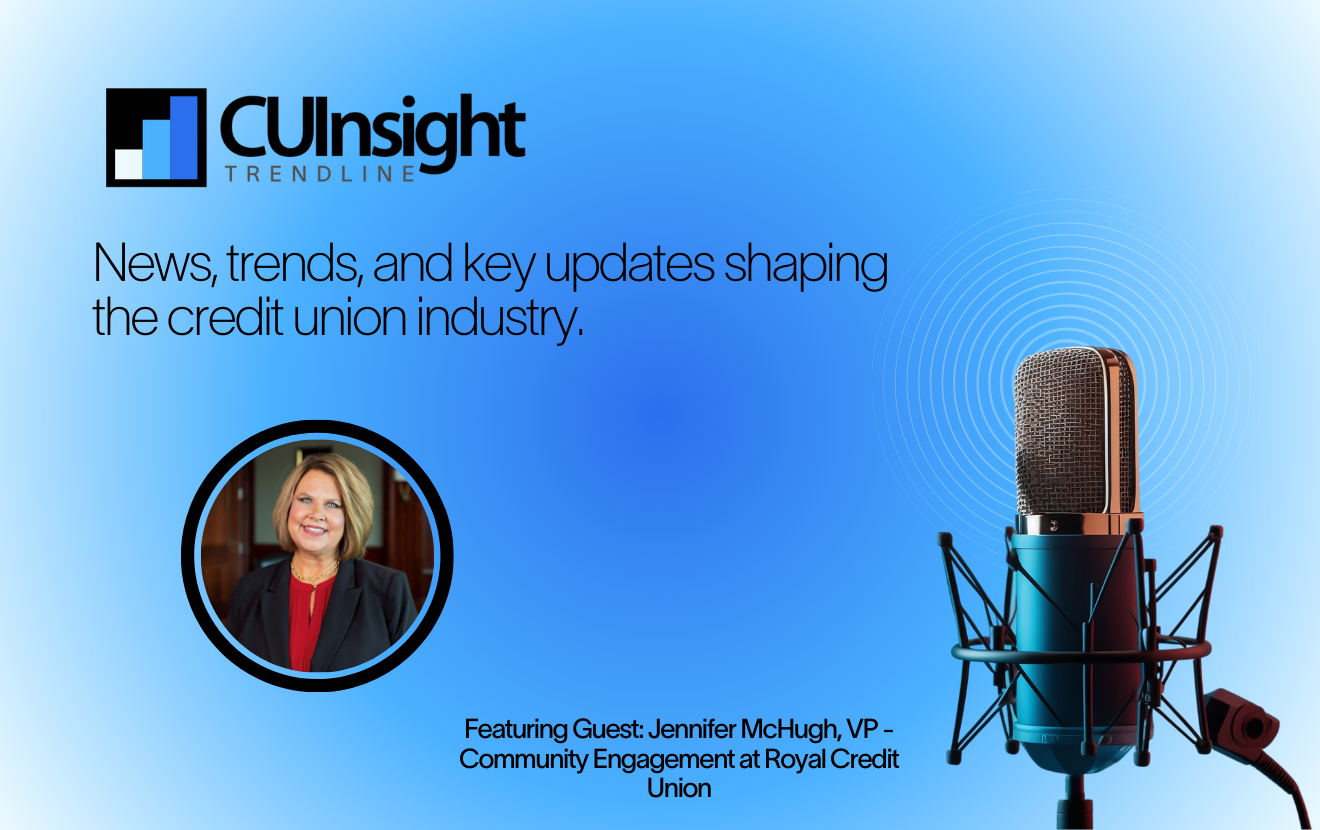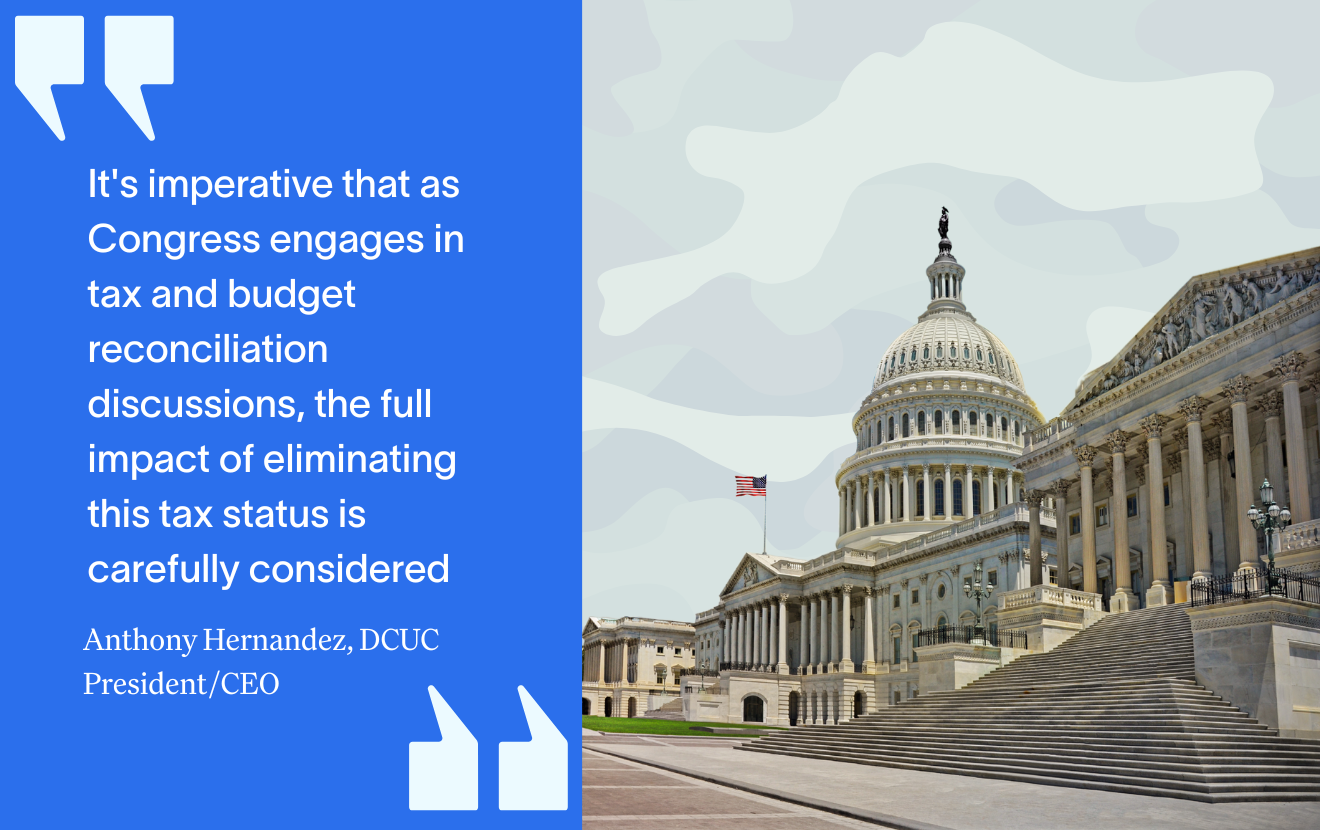Communication is one of the most powerful components of action-driven leadership. Continually communicating with your staff is a “must” in good times or bad times. Your communication should clarify objectives, expectations, progress, achievements, recognition, and, of course, celebrations.
Besides helping employees perform their jobs more effectively, communicating key information lets employees know how much you value them and reinforces how valuable their role is in the overall success of the organization.
Emotionally Engages Employees
Seize every opportunity to communicate positive feedback and results, praising staff for their efforts and contributions. Communication is also a powerful tool when you need employees to take ownership and responsibility for their role in new initiatives, change, growth, etc. A couple of examples include:
- Your organization is maintaining a solid financial position. It’s important to communicate this to your staff and thank them for their contribution.
- Improvements are needed to bolster the financial strength of your organization.
Communicate the actions needed to grow your organization or improve your organization’s financial strength and/or position in the market. Furthermore, asking employees to take ownership and responsibility for their role gives them a strong sense of value and purpose. This purpose will lead to increased morale and higher levels of performance.
Employees have a deep desire to be a part of a great cause. Communicate your credit union’s great cause and then all you have to do is ask. They will become emotionally engaged if asked the right way. For instance, John Kotter, author of Leading Change, emphasizes the importance of creating champions within the organization to help facilitate change. It is important to include employees from every level of the organization to be on the “Change Team.”
The role of the champions is to assist with the change process, communicate where you are in the process, identify concerns, barriers, and resisters, and help overcome these aspects. They are also helpful in converting the naysayers into positives supporters of the change process, and they communicate the concerns, barriers, etc., to management so they can be dealt with swiftly to create a positive experience during the change process.
Be Effective
To fully harness the power of communication, here are three “delivery” tips:
Delivery. The tone of your message, the choice of your words, and the focus of your message are crucial factors in the delivery of your message. Are you focusing on what was done right or what wasn’t done right? As an action-driven leader, you are always forward focused; therefore, the most powerful tool you can use to motivate employees to improve, be better, or be the best is to drive behavior based on what you have done right and what you need to do to be even better. This action-driven communication will keep you and your credit union moving forward.
Also, show (don’t just tell) employees you are excited for them and the role they play in the organization’s success. At the same time, you have to express concern about less than stellar performance and what can be done to improve it, conveying your confidence in their ability to do what is necessary and words of encouragement to motivate your staff to perform.
Delivery channels. Use a powerful marketing strategy to market your brand, goals and objectives to your employees. Then continue to deliver your message to your staff with information from several delivery channels that create a focus on and reinforcement of your brand (what you stand for) and your strategic goals.
An ideal scenario would be: You want to communicate where you want to be in a year. Communicate your measurements of success and benchmarks, and then communicate praises for successful efforts. Provide a visual graph of where you are today compared to where you want to be at year-end.
For example, provide a graph that reflects what your monthly loan volume goal is and where you are each day of the month. Then share daily success stories of what your staff have done to help you achieve your goal to date. Conversely, if you are not achieving your goals, show the employees where you are and then state specifically what they need to do to help you achieve your goals. Other examples to include in your visual graph would be the number of checking accounts, new members, ROA, loan yield, and delinquency ratio.
Many delivery channels include face-to-face (most powerful), emails, training, Intranet, employee newsletter, recognition programs, empowerment programs, employee appreciation events, and a “credo card”. The latter credo card states your standards, commitment, and promises to your employees.
Orientation is the first experience your new employees receive regarding a feel for your culture. It is important that you create a fun and positive experience for them so they can get integrated into your culture in the hiring process and orientation. If you communicate everything they can’t do (policies), they will focus on what they can’t do with your members. If you communicate what they can do for the members, they will focus on what they can do for members. This is crucial to set the tone for employees to do the right thing for members (within your parameters.)
Delivering with the power of positive words mixed in with a little enthusiasm and a pinch of excitement make the perfect recipe for driving motivation to higher levels of performance. To emotionally engage employees, action-driven leaders use positive words of emotion to drive their employees to high levels of performance.
Just average:
“I know you will do a good job and accomplish the task at hand.”
More engaging:
“You ultimately make the difference between mediocrity and excellence with everything you do and say each and every day. And I am excited/thrilled/proud to have you on our team to help catapult us to a higher level. Let’s strive together to achieve great things.”
(While this may be a bit overkill, you get the point.)
Final Rule of Thumb. Dazzle, delight, and do the right things for your employees and they will do the same for your members.







